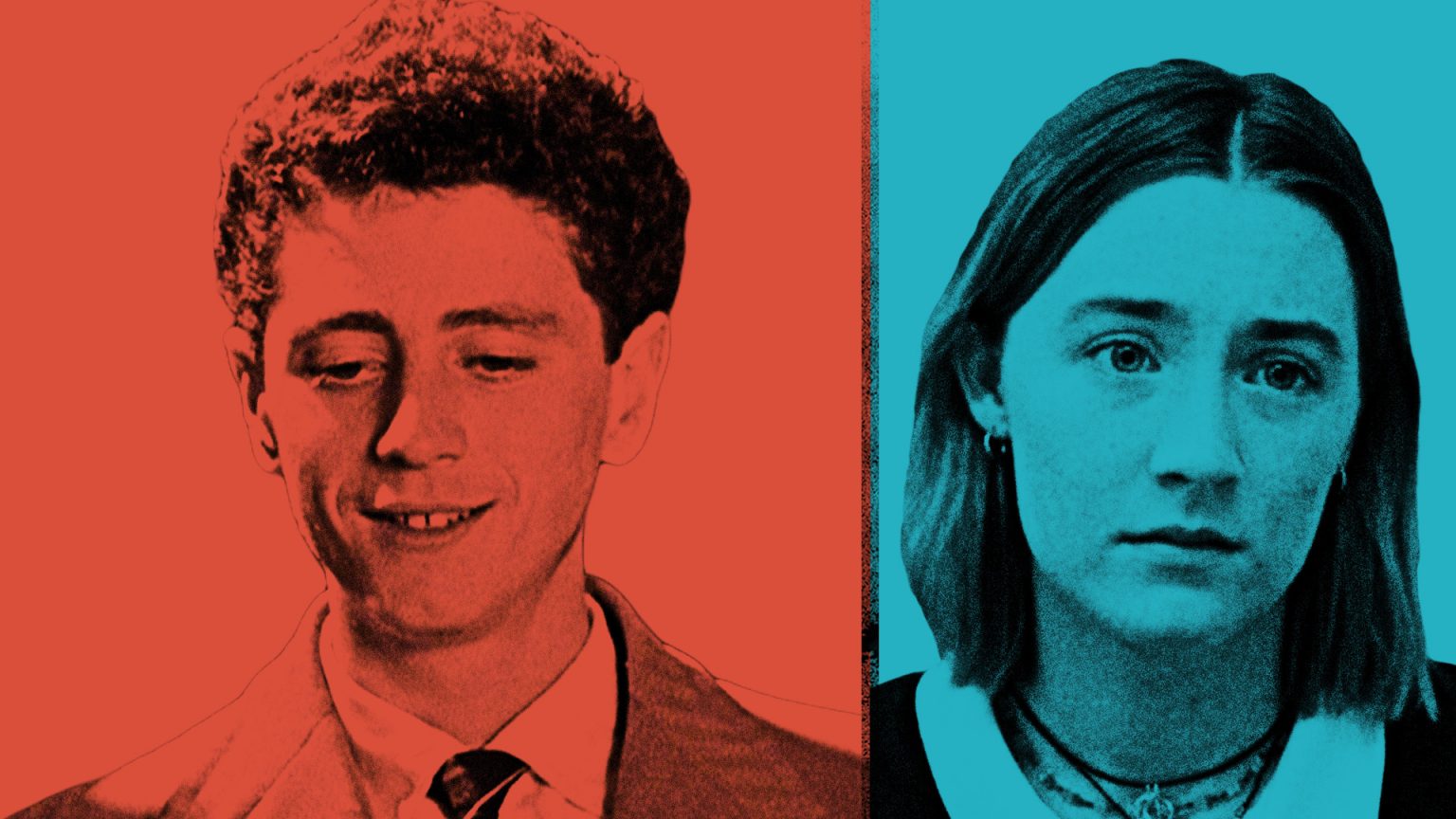We all love Lady Bird. Well, except this guy.
The film is a tender, funny, and realistic portrait of the struggles of an indecisive, if inquisitive Catholic high school senior, who goes by the name, “Lady Bird.” Through director Greta Gerwig’s precise writing and directing, the film feels authentic, almost like a biopic of a girl on the cusp of womanhood, struggling with her overbearing but caring mother, quietly depressed father, jealous best friend, and a whole bunch of not-so-great “cool kids.”
Part of what makes Lady Bird such a singular movie is how well it illustrates the lives of its characters—they at once seem unique, and yet like people we’ve known (at least if you grew up in the 1990s in California). That same focus—on a character as an individual, and yet also representative of strata of people—is a hallmark of the Italian neorealist film movement, which began in the aftermath of World War II. That movement, its films, and famous directors, all sought to capture the post-WWII white and blue-collar reality: The slow rebuilding of Italy’s infrastructure, the disillusionment of youth, and a very specific and intimate focus on the individual and their families.
While directors like Luchino Visconti, Roberto Rossellini, and Vittorio De Sica made their names in the neorealist genre before moving on to broader, more expansive work, their peer Ermanno Olmi stayed almost exclusively tied to the neorealist philosophy his entire career. Unlike the others, Olmi never forced a narrative or used exaggerated compositions to convey his stories. His movies were always human and humane, and always intimate in scale while possessing a poignancy that still rings true.
In recent years—arguably since the American Indie revolution of the early 1990s—the neorealist genre has been experiencing a resurgence, a surge that can be traced from Richard Linklater’s Slacker all the way up through Greta Gerwig’s Lady Bird. And during this resurgence, insofar as how Olmi captured the minutiae of small moments, we can see his spirit in the elements we most treasure in contemporary independent filmmakers.
Olmi’s most famous film, Il Posto, is a coming-of-age story about Domenico (Sandro Panseri) a young man who commutes to Milan daily to work for a faceless company that seems devoid of character. Within this setting, Olmi explores the reality of adulthood hitting you long before you’re ready to face it.
Olmi’s film is almost exclusively tethered to the experiences of his main character—plot and typical storytelling take a backseat to the daily grind and motion of Domenico’s life. There’s a subplot about him dating a young woman, but primarily, Il Posto is about work and the soul-crushing nature of joining the white-collar workforce for the first time.
Comparatively, despite its potentially happier look and feel, Lady Bird is an equally honest and, at times, painfully truthful rendition of encroaching adulthood. Gerwig’s film shows the struggles of a blue-collar family on the “wrong side of the tracks.” While there are dramatic moments in the film, they feel slight in comparison to, say, the events taking place in something like Three Billboards. Instead, moment to moment, we watch Lady Bird’s naive worldview play out and expand. The most dramatic sequence in the film (and it is dramatic) doesn’t come until near the end when she’s readying to fly to New York City to attend school. Her mother, Marion, played by Laurie Metcalf (who was robbed at the Oscars) drops her off at the airport and drives away without uttering a word to Lady Bird — then realizing that she’s just left her only daughter at the most important moment of her life thus far without even saying goodbye, quickly circles the car back around. But it’s too late, Lady Bird has flown.
Lady Bird’s parents are not unlike Domenico in Il Posto. They both became trapped in jobs that fail to bring them fulfillment, but nonetheless, they stay with those jobs, exchanging their personal dreams for those of their family. While Lady Bird strives for something more than just a desk job, the fears and tribulations bubbling in Olmi’s Il Posto are the same issues on the fringes of Gerwig’s story.
While Lady Bird is not classically neorealist, it nonetheless represents what Olmi’s movies might look like if that Italian post-war aesthetic crashed headlong into the twenty-first-century version of the American dream. Those tenets of Italian neorealism: The fragmented narratives, the way that the highlights and lowlights of a character’s life are discarded in favor of simply “the moments,” and the dedication to showing life as it really is, live on in contemporary movies like Lady Bird.
So when we watch a film like Lady Bird that feels small and intimate but that has managed to have a large impact on those who’ve watched it, we should also look back and remember the brilliance of Ermanno Olmi.
Watch Now: The films of Olmi’s contemporary, and fellow neorealist, Vittorio De Sica – Marriage, Italian Style and Yesterday, Today and Tomorrow.




